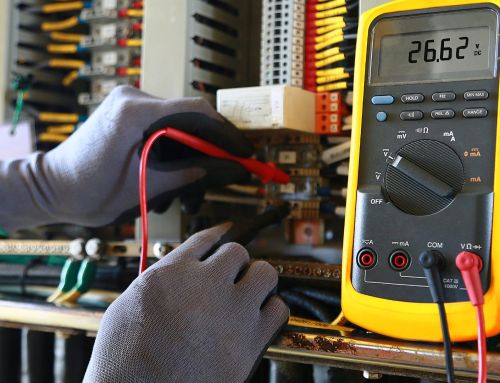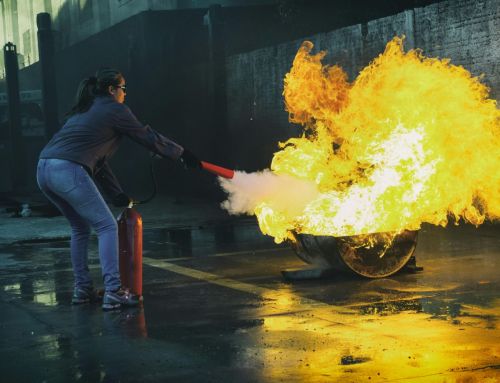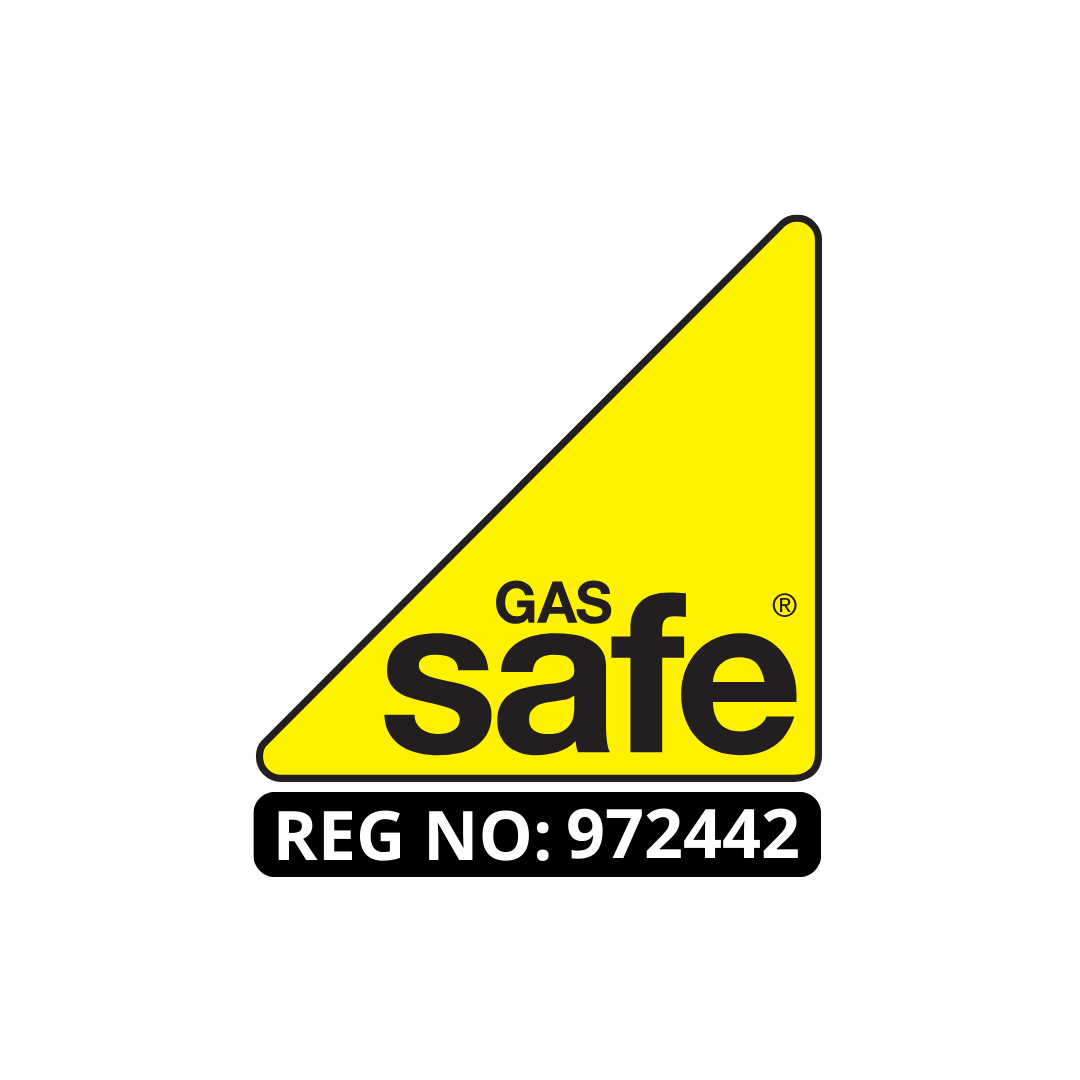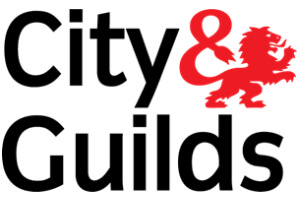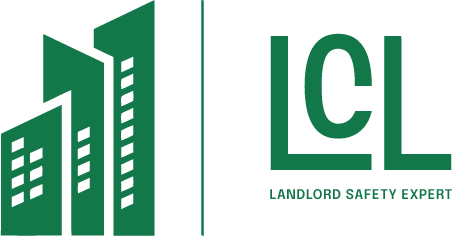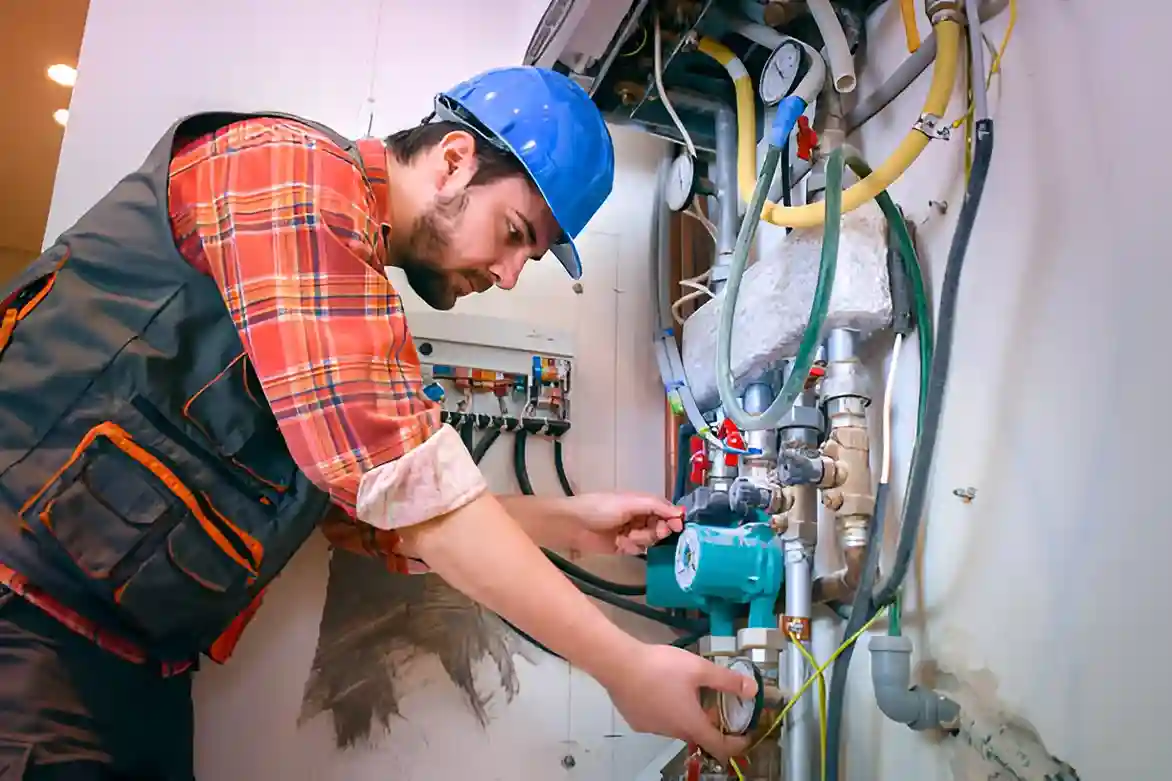
Fire risk assessments for flats are an important step in safeguarding occupants of multi-residential spaces. They work to identify fire dangers and assess existing protective systems. Landlords and managing agents hold legal responsibilities in this process. Understanding these duties is fundamental, as neglect can lead to severe consequences. What are the specific steps involved in conducting an effective fire risk assessment?
Main Points
- Fire risk assessments innovatively analyse flats, focusing on shared spaces and individual units to enhance safety.
- Landlords and managing agents are legally required to conduct regular assessments and maintain fire safety measures, including alarms and exits.
- Assessments should be performed at least annually, with increased frequency after structural changes or incidents to ensure resident safety.
- Qualified assessors must be engaged to evaluate fire safety, providing detailed reports and recommendations for risk alleviation to stakeholders.
- Essential safety equipment includes functional smoke detectors, accessible fire extinguishers, and well-illuminated escape routes, all of which require regular maintenance.
What Is a Fire Risk Assessment for Flats?
A fire risk assessment for flats is a safety check designed to reveal hazards and assess the risks connected to them. This assessment involves a thorough inspection of the premises, including common areas, individual units, and shared facilities.
Key components include evaluating the fire safety measures in place, such as smoke detectors, fire extinguishers, and escape routes. Additionally, it examines the building’s construction materials and layout, which can influence fire spread.
The purpose of this assessment is to guarantee that residents can enjoy their living spaces without unnecessary fear, promoting a sense of security and freedom.
By addressing unsafe conditions and enforcing effective fire safety measures, those responsible for a property can encourage residents to remain aware and engaged in maintaining a secure living space.
Ultimately, a detailed fire risk assessment for flats empowers individuals to enjoy their homes while prioritising safety and well-being.
Why Flats and Apartments Require a Fire Risk Assessment
Given the proximity of units in flats and apartments, the need for a fire risk assessment becomes paramount. The vertical and horizontal arrangements of living spaces mean that a fire can easily spread from one unit to another, posing a significant threat to the safety of residents.
In these communal living environments, individual choices can impact the entire building, making collective safety a priority.
Moreover, shared escape routes and common areas necessitate a thorough evaluation to guarantee these pathways remain clear and accessible in an emergency.
Fire risk assessments for flats help spot unsafe situations, such as faulty wiring or flammable materials, and recommend reduction strategies.
Legal Duties for Landlords and Managing Agents
Landlords and managing agents bear significant legal responsibilities regarding fire safety in flats and apartments. They must guarantee that the premises comply with fire safety regulations, which include conducting regular fire risk assessments.
These assessments expose fire dangers and examine the effectiveness of existing safety measures. Furthermore, they are obligated to maintain and confirm that fire detection systems and emergency exits are functional and accessible.
Failure to adhere to these legal duties can result in severe consequences, including penalties and liability for damages in the event of a fire.
Additionally, landlords and managing agents must inform tenants about fire safety procedures and provide adequate training on evacuation routes and fire alarm systems.
Who Is Responsible for Carrying Out the Assessment?
Responsibility for carrying out fire risk assessments in flats typically falls to landlords and managing agents, who must guarantee compliance with fire safety regulations. They are tasked with examining risks, evaluating risks, and implementing necessary safety measures to protect residents. This obligation assures that tenants can live in a space where their safety is prioritised.
In some cases, landlords may choose to engage qualified professionals to conduct these assessments, particularly in larger or more complex buildings. Regardless of who performs the assessment, the ultimate responsibility lies with the landlord or managing agent.
Residents also play a vital role in maintaining safety by reporting concerns or possible risks, developing a collaborative environment for fire safety. Awareness and proactive measures contribute to a secure living space, emphasising the shared responsibility between landlords and tenants.
Guaranteeing effective communication can enhance safety and create a community committed to fire risk awareness.
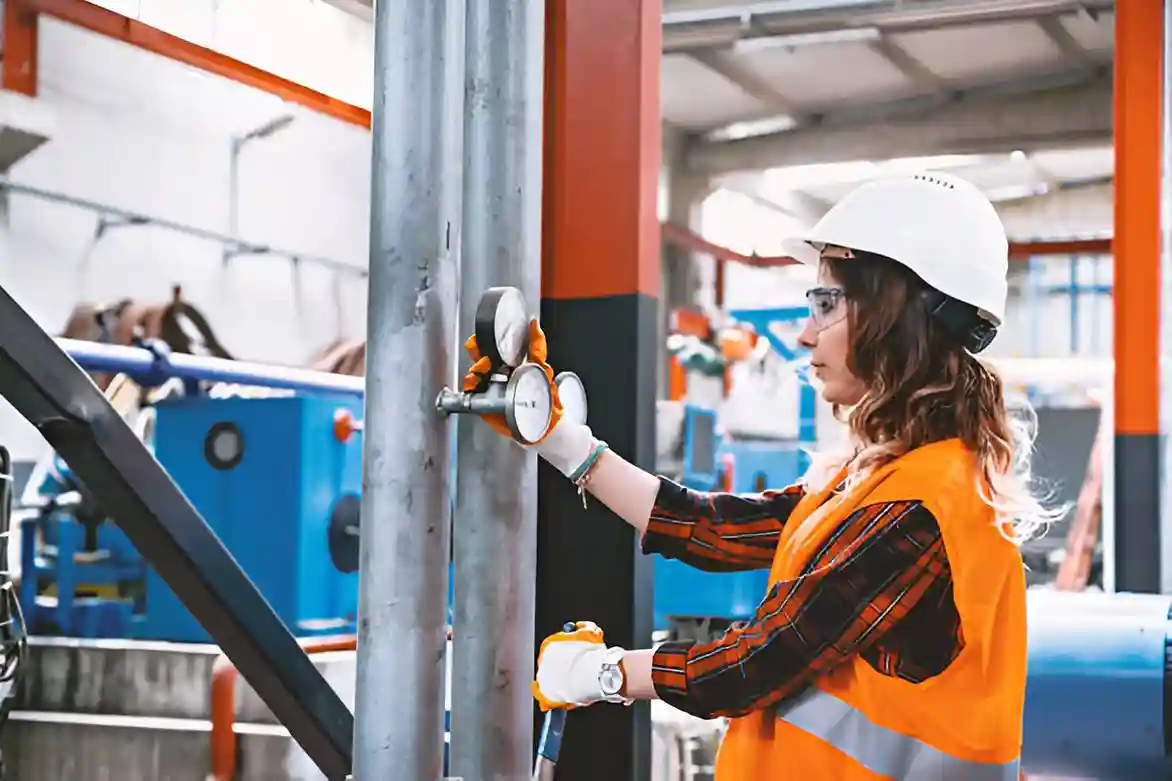
The Fire Risk Assessment for Flats: Step-by-Step Explained
Carrying out a fire risk assessment for flats involves a systematic approach to guarantee the safety of residents. The process begins with possible dangers within the flat and common areas. Assessors go on to judge the chances of these dangers starting a fire and putting people at risk.
The next step involves reviewing existing fire safety measures, such as alarms, extinguishers, and escape routes. Assessors must then verify that these measures are adequate and effective.
Engaging with residents can provide valuable insights into their experiences and concerns, encouraging safety. Finally, the assessment culminates in documenting findings and recommendations, which should be communicated clearly to all residents.
Regular reviews and updates are essential to adapt to any changes in the environment or regulations, guaranteeing ongoing safety and awareness.
Common Fire Hazards Found in Flats and Apartment Blocks
Numerous fire risks can be found in flats and apartment blocks, posing significant risks to residents. These dangers often arise from everyday activities and can lead to devastating consequences if not managed properly.
Awareness of these risks is essential for ensuring safety and protecting individual freedoms within shared living spaces.
- Cooking Appliances: Unattended cooking can ignite nearby materials, leading to a fire outbreak.
- Electrical Issues: Overloaded sockets and faulty wiring can create sparks, increasing fire risk.
- Flammable Materials: Items such as cardboard, paper, and chemicals should be stored safely to prevent combustion.
- Blocked Exits: Obstructed escape routes hinder evacuation during emergencies, amplifying danger.
Recognising and addressing these common hazards is essential for fostering a safe living environment, empowering residents to take proactive measures in their homes.
How Often Do Flats Require a Fire Risk Assessment?
How frequently should a fire risk assessment be conducted for flats? Carrying out a fire risk assessment annually is generally considered the standard approach. However, certain circumstances may necessitate more frequent evaluations. For instance, if there are significant alterations to the building’s structure, changes in occupancy, or updates to fire safety regulations, reassessments should be conducted promptly.
Additionally, after any fire incident or near-miss, an immediate review is prudent to identify potential weaknesses in safety measures.
Landlords and property managers hold the responsibility to guarantee that occupants live in a safe environment, making regular assessments essential to uphold safety standards.
Ultimately, maintaining freedom from fire hazards is paramount, and a proactive approach to fire risk assessment for flats empowers property owners to protect both their investment and the well-being of their tenants.
Regular evaluations not only comply with legal obligations but also foster a sense of security within the community.
What Is the Cost of a Fire Risk Assessment for Flats in the UK?
Understanding the financial implications of fire risk assessments is imperial for landlords and property managers. The costs associated with these assessments can vary considerably, influenced by factors such as the size and complexity of the building. Landlords across the UK can usually expect fees of around £200 to £600 for a full assessment.
Key factors affecting the cost include:
- Building size: Larger buildings typically incur higher fees.
- Assessment complexity: Unique architectural features may require more detailed evaluations.
- Location: Costs can differ based on regional pricing norms.
- Provider expertise: Experienced assessors may charge premium rates for their services.
Ultimately, understanding these costs allows landlords to budget effectively while prioritising the well-being of tenants and property.
How to Arrange a Professional Fire Risk Assessment for Flats
Arranging a professional fire risk assessment for flats involves several key steps that guarantee compliance and safety.
First, property owners should identify qualified assessors who specialise in fire safety regulations pertinent to residential buildings. Researching credentials and experience is essential to ascertain that the chosen expert meets industry standards.
Next, it is important to schedule the assessment at a convenient time, allowing for a thorough evaluation of communal areas, escape routes, and individual units. Providing access to all relevant documents, such as building plans and previous assessments, facilitates a detailed review.
Once the assessment is complete, the assessor will deliver a detailed report outlining risks and recommended improvements. Property owners should prioritise addressing any identified risks to enhance the safety of residents.
Regular communication with residents about fire safety measures also fosters a proactive approach, guaranteeing that everyone understands their role in maintaining a secure living environment.
Significance of professional and regular Fire Risk Assessment for Flats
Regular fire risk assessment for flats is integral not only for compliance with safety regulations but also for safeguarding residents’ lives and property. Conducting these assessments allows for the analysis of possible risks and guarantees that preventive measures are in place.
Furthermore, a method of fire safety promotes awareness and responsibility among residents.
- Contributes to creating a safer living space.
- Reduces the likelihood of fire-related incidents and emergencies.
- Guarantees compliance with legal obligations and standards.
- Offers both occupants and landlords confidence in the property’s safety measures.
Frequent evaluations empower residents to enjoy their homes without the constant worry of fire risks.
How a Fire Risk Assessment for Flats Helps Prevent Major Incidents
While fire risk assessment for flats is often viewed as a mere compliance measure, it plays a pivotal role in preventing major incidents by systematically addressing fire threats. These assessments evaluate various factors, including the building’s layout, materials used, and existing fire safety measures. By pinpointing vulnerabilities, such as inadequate escape routes or faulty wiring, property owners can take proactive steps to reduce risks.
Furthermore, fire risk assessments encourage safety, empowering residents and management to remain vigilant and informed. They encourage the implementation of fire safety training and awareness programs, thereby ensuring that everyone understands their responsibilities and the actions to take in an emergency.
Ultimately, a thorough fire risk assessment not only complies with regulations but also champions the freedom of residents to live in a safe environment, greatly reducing the likelihood of devastating fires and preserving lives and property.
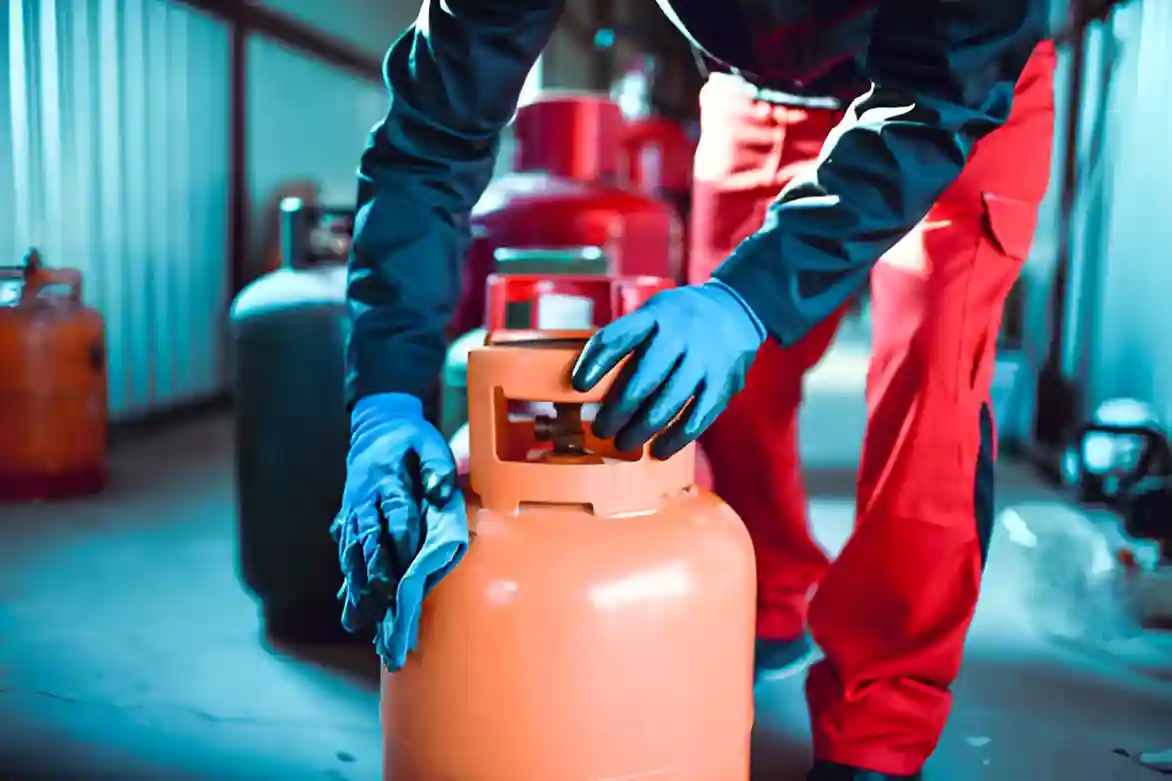
Fire Risk Assessment for Flats: Safety Equipment Every Property Must Have
What essential safety equipment should be checked during a fire risk assessment for flats?
Confirming that the right safety equipment is in place is vital for minimising fire risks and protecting residents. A thorough assessment should focus on the following key items:
- Smoke Detectors: Functionality and placement should be verified to guarantee early fire detection.
- Fire Extinguishers: These must be accessible, properly maintained, and suited for potential fire types in flats.
- Emergency Lighting: Adequate illumination must be provided in escape routes, confirming visibility during an emergency.
- Fire Doors: The condition and functionality of fire doors should be assessed to confirm they effectively contain smoke and flames.
Common Mistakes in Fire Risk Assessment for Flats and How to Avoid Them
Understanding the common mistakes made during fire risk assessment for flats is fundamental for enhancing safety measures and protecting residents.
One prevalent error is the failure to involve all stakeholders, including residents, in the assessment process. This oversight can lead to missed insights regarding fire risks unique to the community.
Fire risks can change due to renovations or shifts in occupancy, making it essential to keep evaluations current.
Additionally, overlooking the importance of proper documentation can hinder an effective response during emergencies. Clear records guarantee that everyone understands the fire safety measures in place.
Lastly, assumptions about existing safety measures without thorough verification can be perilous. Relying solely on past evaluations can create complacency.
The assessor should possess relevant qualifications, such as certifications in fire safety engineering or risk assessment, alongside practical experience in building safety. Knowledge of fire regulations and standards is also essential for effective evaluations.
Residents can indeed participate in the fire risk assessment process. Their insights and experiences contribute valuable information, fostering a sense of community involvement and ensuring that safety measures reflect the unique needs of the residents.
Residents can report fire safety concerns by contacting their building management or local fire department. Documenting issues and maintaining records guarantees effective communication, fostering a safer living environment while empowering individuals to champion their own safety.
If a fire risk assessment is not conducted, the occupants may face increased dangers, legal repercussions, and potential loss of insurance coverage. Awareness of fire hazards diminishes, compromising overall safety in residential spaces.
Yes, specific regulations exist for high-rise flats concerning fire safety. These regulations mandate enhanced safety measures, including fire alarms, evacuation plans, and structural requirements, aimed at ensuring the protection of residents in case of emergencies.
Conclusion
Overall, a fire risk assessment for flats plays a key role in protecting residents, helping to uncover hazards while maintaining compliance with fire safety laws. Landlords and managing agents bear the responsibility of conducting these assessments regularly, promoting vigilance. By understanding their duties and implementing effective safety measures, they can greatly reduce the risk of fire-related incidents, ultimately enhancing the safety and well-being of all inhabitants in communal living spaces.
About the Author: Atia Amin
Related Posts
Get Social
Recent Posts
- Essential Electrical Assignments Within the EICR London Framework
- The CP42 Gas Certificate improves property safety
- Fire Risk Assessment Review as a Driver of Stronger Safety Control
- Comprehensive EICR London Services for Every Property
- System Planning for Large Buildings with Fire Alarm Installation


